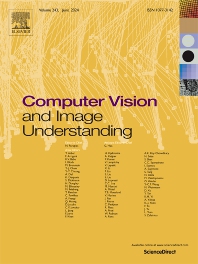Cognition
- ISSN: 0010-0277
- 5 Year impact factor: 3.5
- Impact factor: 2.8

The Computing collection presents a range of foundational and applied content across computer and data science, including fields such as Artificial Intelligence; Computational Modelling; Computer Networks, Computer Organization & Architecture, Computer Vision & Pattern Recognition, Data Management; Embedded Systems & Computer Engineering; HCI/User Interface Design; Information Security; Machine Learning; Network Security; Software Engineering.









